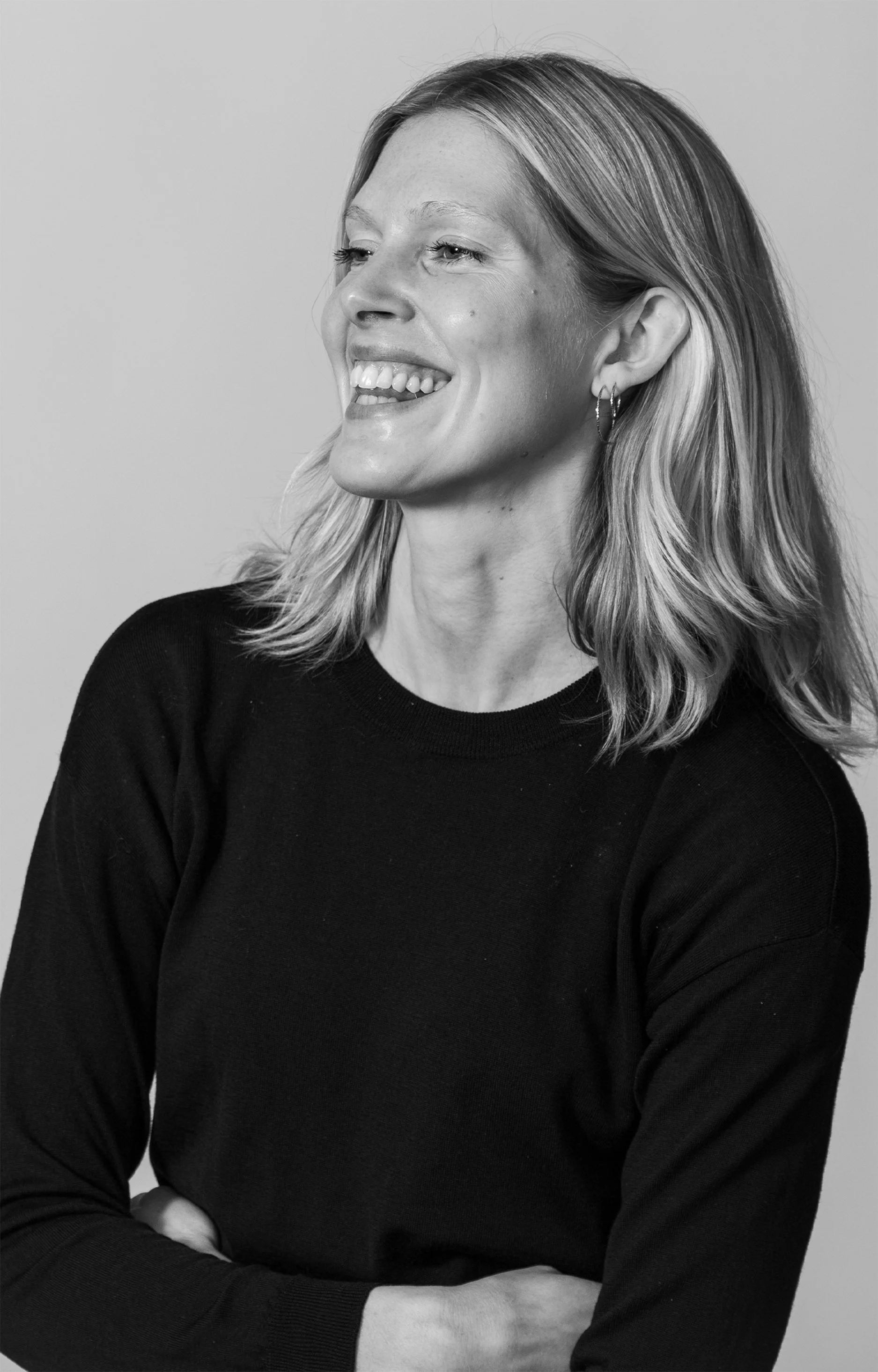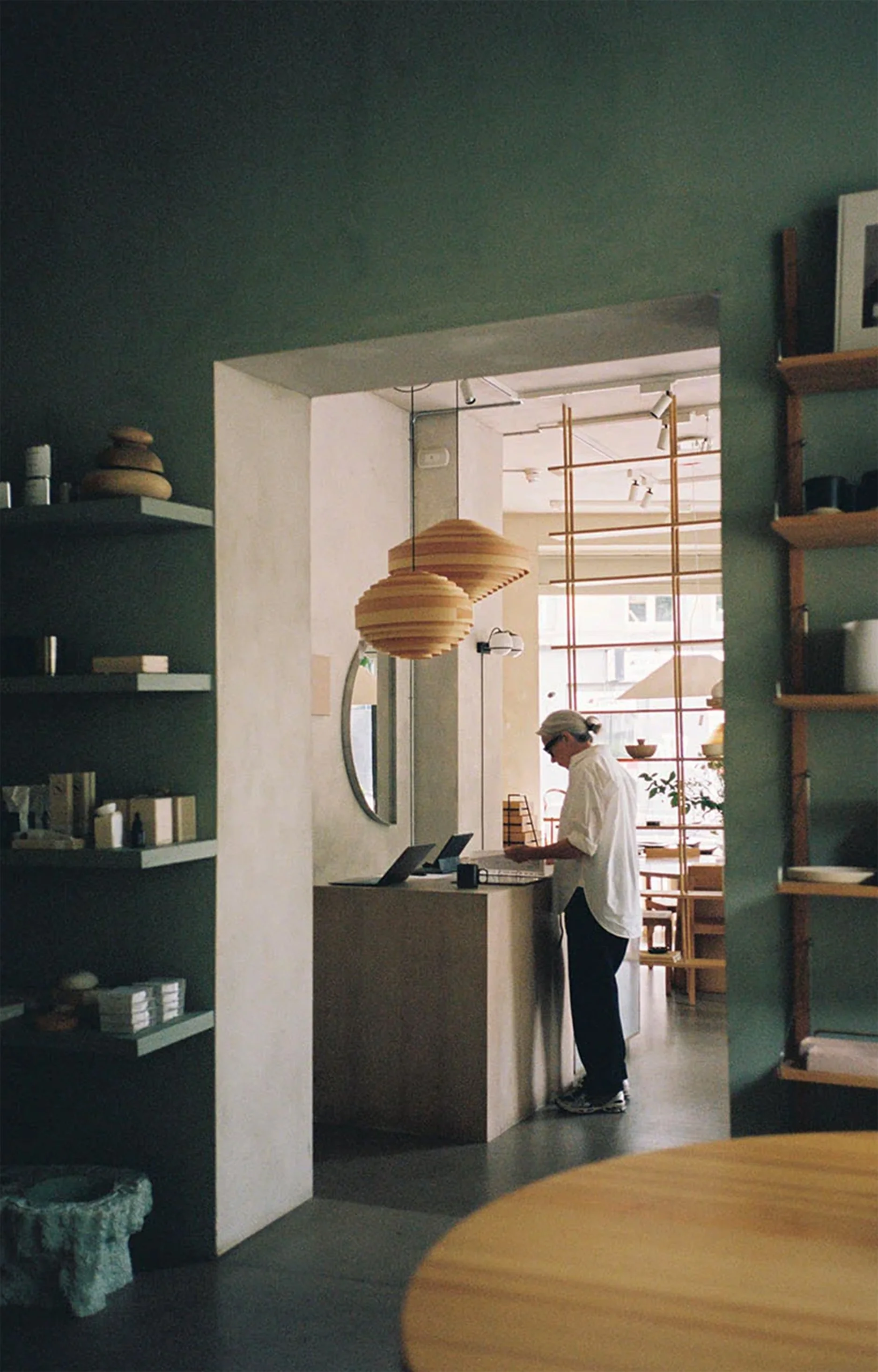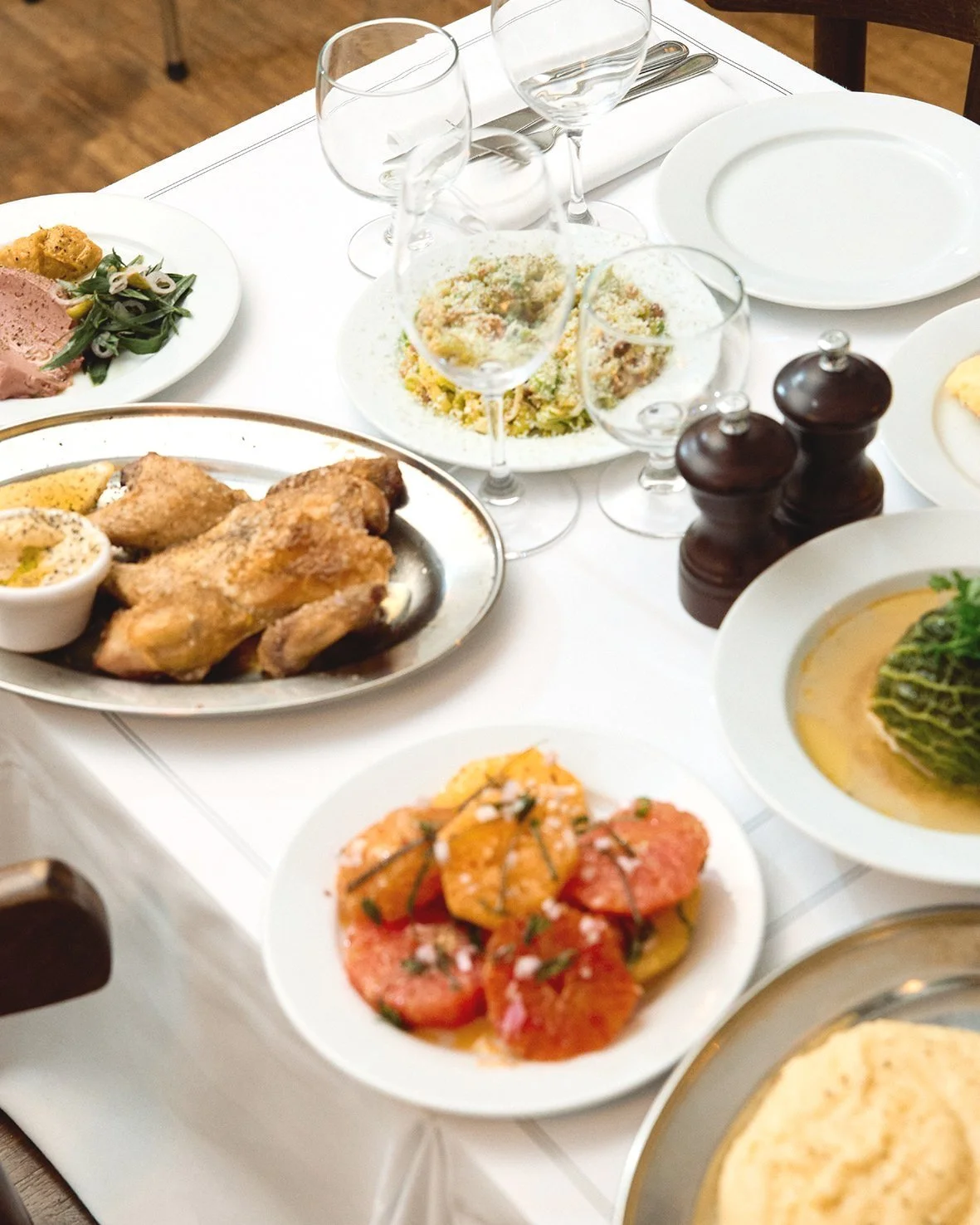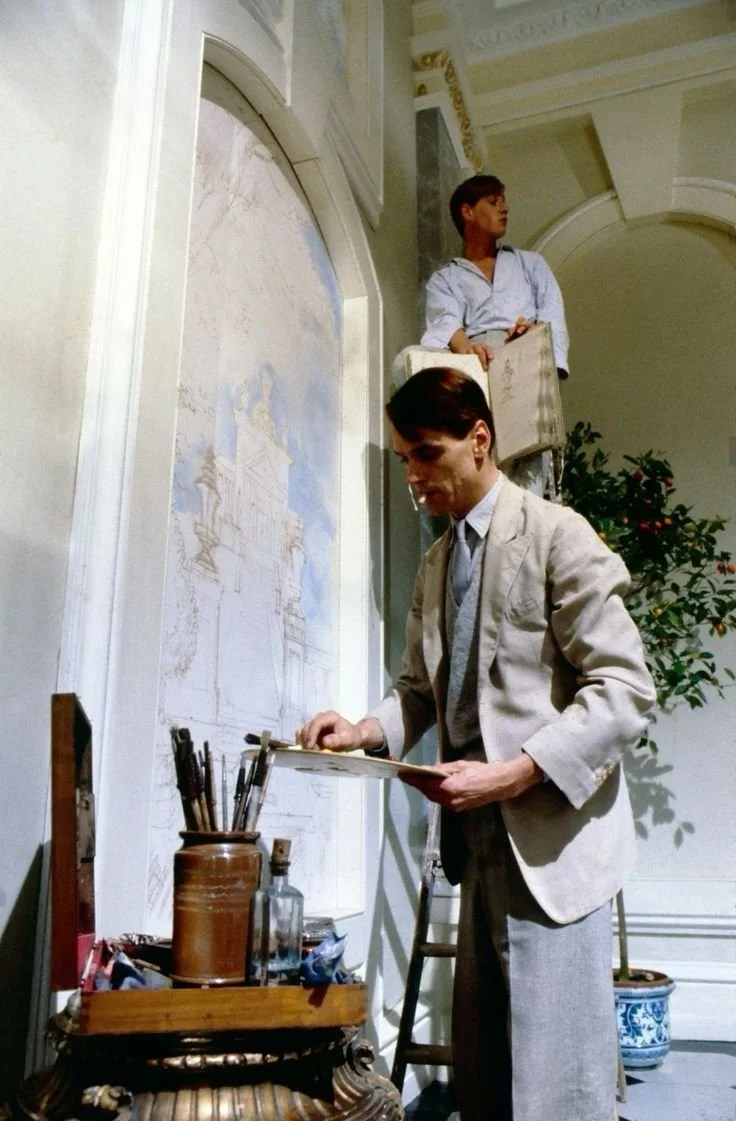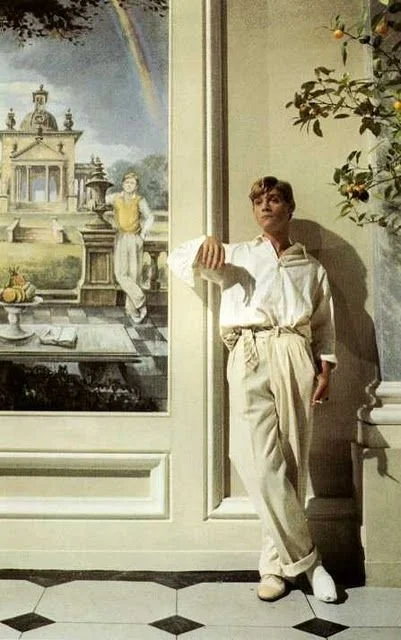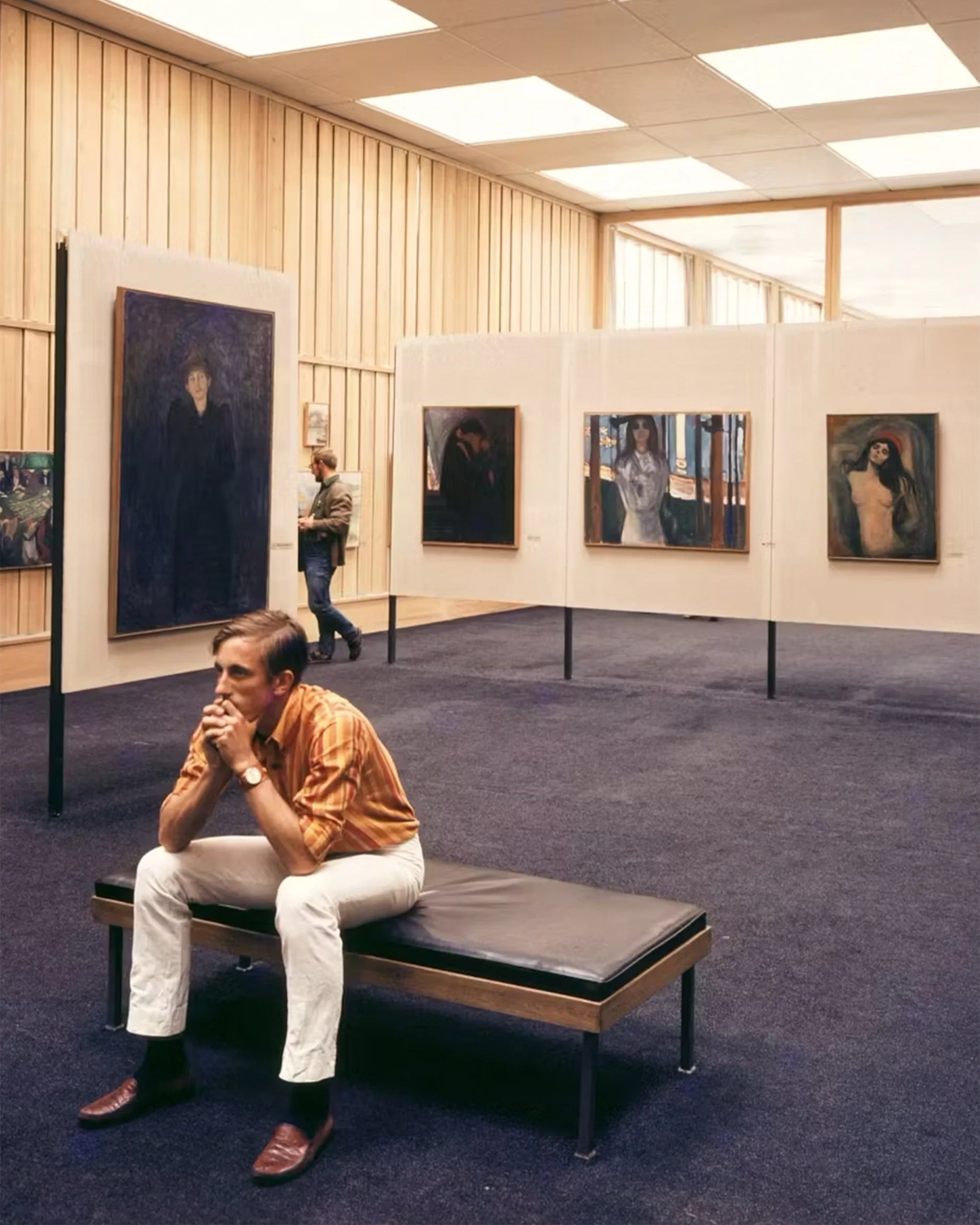Iselin Steiro
Courtesy of Iselin Steiro
HURS CURATORS
ISELIN STEIRO
The model and creative ahares her favorite places to shop, eat and visit.
Iselin Steiro defies categorization. Discovered at 14, the Norwegian-born model has spent over two decades moving between runways and creative pursuits. From her Arctic hometown of Harstad to working with Céline, Calvin Klein and Prada, Steiro is a true modern multihyphenate. An industry icon who's collaborated with fashion's most celebrated photographers including Zoë Ghertner, Steven Meisel, and David Sims, she simultaneously—and quietly—built a parallel career in architecture. After earning her degree from Oslo School of Architecture and Design, Steiro continues to balance both worlds with equal dedication. Known for her intellectual approach to creativity, she brings the same thoughtful perspective to both modeling and design.
IN OSLO, A STORE THAT FEELS LIKE HOME
In Oslo's Grünerløkka district, Kollekted by occupies a former butcher shop that feels more like a thoughtfully designed home than a retail space. Founded in 2013 by stylist duo Alessandro D'Orazio and Jannicke Kråkvik, this beloved home goods shop represents a decade-long commitment to championing emerging makers alongside established design houses. Their carefully curated selection spans contemporary pieces from best in class brands like Tekla and Artek to vintage objects—from a Charlotte Perriand stool to a rare Japanese cutting board table. What sets Kollekted by apart is the intimate relationships the owners maintain with their collaborators—artists, artisans, and designers. This personal approach is reflected in every aspect of the space, from bespoke client solutions to collaborative exhibitions.
“Although I rarely buy things for our house, I love going to beautifully CURATED interior stores. This is a great spot in Oslo, a little off the main beaten track. They have great pieces on display, especially for us wood lovers.”
“Although I love new Nordic cuisine, at some point good old French style cooking suddenly seemed NOVEL. Don't go if you don’t like sitting really close to your neighbor's table. Order halibut or (and?) pepper steak.”
A NO FRILLS FRENCH BISTRO FOR SERIOUS FOOD AFFICIONADOS
Housed in a 1920s garage workshop, Grotto is exactly what you want from a French bistro. What started as a wine bar, reopened as a garage bistro and cave in 2023, and is now an intimate spot that nails the 11th arrondissement vibe. The exclusively French wine list is short but smart, focusing on clean, natural bottles that actually taste good. The true magic happens in the kitchen. While the dishes seem to just celebrate simplicity, they hide serious technical skill and thoughtful flavor combinations. It’s the kind of food that’s classic yet inventive. The menu changes with seasons, built on solid relationships with local suppliers. The space is small, so book ahead or risk disappointment.
THE PALAZZO THAT ATTRACTS FILMMAKERS AND DESIGNERS ALIKE
The Palazzo della Civiltà Italiana—also known as the Square Colosseum—is one of the most recognisable examples of rationalist architecture in Rome. Designed in the late 1930s by Giovanni Guerrini, Ernesto Bruno La Padula and Mario Romano, its stark white travertine façade and grid of 216 arches fuse classical proportions with a modernist sensibility. Built for a world’s fair that never took place, the structure sat largely empty for decades. In 2015, Fendi took it over, transforming the space into its global headquarters and reviving the building’s cultural presence with exhibitions on the ground floor. Its clean geometry and surreal scale have made it a cinematic backdrop for directors like Fellini, Rossellini and Greenaway.
“It’s impossible to pick one favorite building, so I’d rather name one that made an IMPRESSION me: Palazzo della Civiltà Italiana. On a study trip to Rome with architecture school, our professor took us to see Mussolini's satellite district of EUR. The students, including myself, were absolutely fascinated (and sometimes horrified), and we all went weirdly quiet when stepping up onto the stairs of this building.”
“I’m a DAYDREAMER, and sometimes I wonder if I prefer fiction over reality. I love (good) novels and movies. TV series rarely have the same magic, but Brideshead Revisited had that effect on me. In addition to being a good story, with beautiful sets and costumes, and great acting, it’s the mood I keep wanting to go back to. I just want to be in that slow, beautiful and melancholic universe. This series is like meditation.”
A STORY OF BEAUTY, BELONGING, AND BREAKDOWN
Brideshead Revisited is a story of friendship, class, and the pull of a world that isn’t yours. First aired in 1981, the series follows Charles Ryder, a young painter who meets the eccentric and wealthy Sebastian Flyte at Oxford. What starts as a friendship becomes something deeper and more complicated, as Charles is drawn into the orbit of Sebastian’s aristocratic family and their crumbling estate, Brideshead Castle. Adapted from Evelyn Waugh’s 1945 novel, the show moves from the 1920s through WWII, touching on religion, repression, and the quiet collapse of old money. With scenes set in Oxford, Venice, and Yorkshire, Brideshead became a defining moment in British television—visually rich, emotionally charged, and still relevant in its look at beauty, privilege, and what it means to belong. But we’ll let Iselin tell you more.
A CULTURAL LANDMARK, REINVENTED FOR TODAY
Gamle Munch is Oslo’s new cultural experiment that explores how to revive the old. After the Munch Museum moved to the waterfront, this building on Tøyen was repurposed for the city to test new ideas from 2022 to 2025. Today, the building houses three art halls, two stages, a shared office space, and rooms for local activities. The program is deliberately diverse—from exhibitions and performances to workshops and local gatherings. With a café and access to the city’s art collection, Gamle Munch is both a creative incubator and a space for social interaction. Gamle Munch shows that museums don’t have to stay frozen in time. They can be active, flexible places where art and people connect and through experimentation, keep culture alive.
